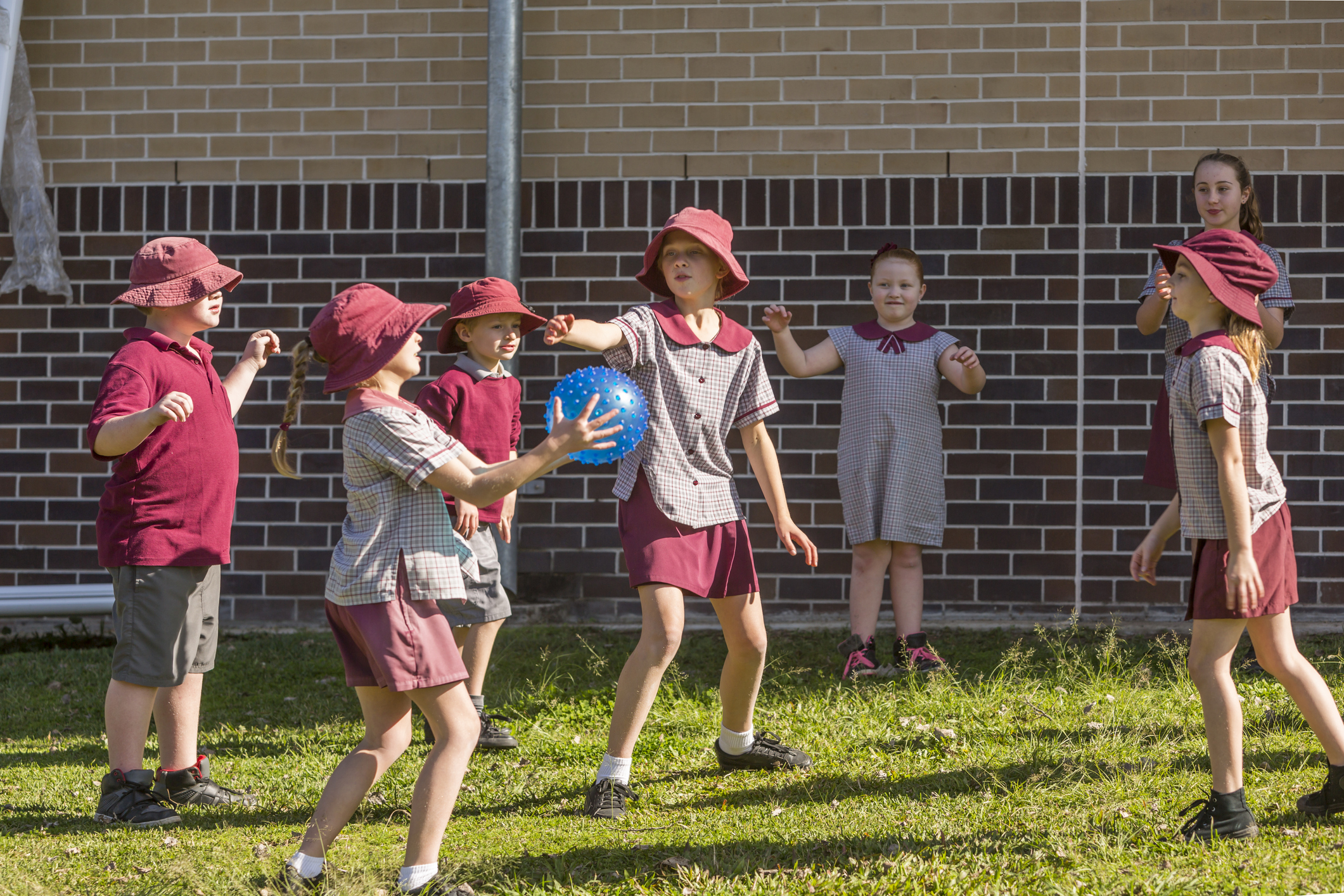Media release
From: National Centre for Immunisation Research and Surveillance (NCIRS)COVID-19 transmission low in NSW education settings
The spread of COVID-19 remains extremely low in NSW schools and early childhood centres with onward transmission of less than 1% in Term 3, a new report shows.
The COVID-19 in schools and early childhood education and care services – the Term 3 experience in NSW report provides the latest data from an ongoing study by researchers from the National Centre for Immunisation Research and Surveillance (NCIRS) and the University of Sydney, in collaboration with NSW Health and the NSW Department of Education.
NCIRS Director Professor Kristine Macartney said the latest results confirm transmission of COVID-19 in NSW schools and early childhood services remains minimal, especially between younger children and from children to adults.
“The findings of the report are consistent with other studies that have found children, especially primary school age and younger, appear less likely than adults to transmit COVID-19 to others,” Professor Macartney said.
Between 4 July and 25 September, there was limited community-based transmission of COVID-19 in parts of NSW, with a total of 774 cases reported. Researchers monitored cases involving staff or students who attended a school or early childhood centre while potentially infectious.
Thirty-nine initial cases when a staff member or student became infected in their household or community were reported across 34 educational settings: 16 in high schools, 12 in primary schools and six in early childhood education and care (ECEC) services.
The team identified 3,824 staff and students who spent long enough at a school or childcare centre with these 39 cases to be considered close contacts.
Key findings of the study include:
- only 33 secondary cases of COVID-19 were detected across the educational settings – an overall transmission rate of 0.9%
- most of the 33 secondary cases occurred in just five high schools (26 students and 1 staff member), where the transmission rate was 1.1% overall
- three primary schools recorded four secondary cases (two students and one staff member), representing a transmission rate of 0.4%
- there were three secondary cases in two ECEC services (all in adults), a transmission rate of 0.7%.
All student and staff cases – both the initial and secondary cases – experienced mild infections and none required hospitalisation.
Professor Macartney said being able to keep schools and ECEC services open is important for children.
“These results should provide confidence to families, schools and the wider community, especially given the context of low levels of COVID-19 in the general community in NSW,” Professor Macartney said.
“The key to keeping schools and ECEC services open in NSW during the pandemic has been a comprehensive public health and community response.”
Dr Archana Koirala, a paediatric infectious disease specialist leading the study, noted that community compliance with COVID Safe practices has been vital, as has the flexibility to implement and ease restrictions on school activities depending on the rate of community transmission.
“Effective practices including case and contact isolation, widespread testing and temporarily closing affected schools for thorough cleaning has been key,” Dr Koirala said.
“Where these responses are in place and working effectively, transmission in educational settings can be kept low.”
The researchers published the first comprehensive, population- based assessment of COVID-19 transmission in educational settings earlier this year in the Lancet Child and Adolescent Healthjournal.
The study continues to be one of the most comprehensive investigations into the transmission of SARS-CoV-2, the virus that causes COVID-19, in educational settings world-wide.
For the full report, visit http://www.ncirs.org.au/covid-19-in-schools


